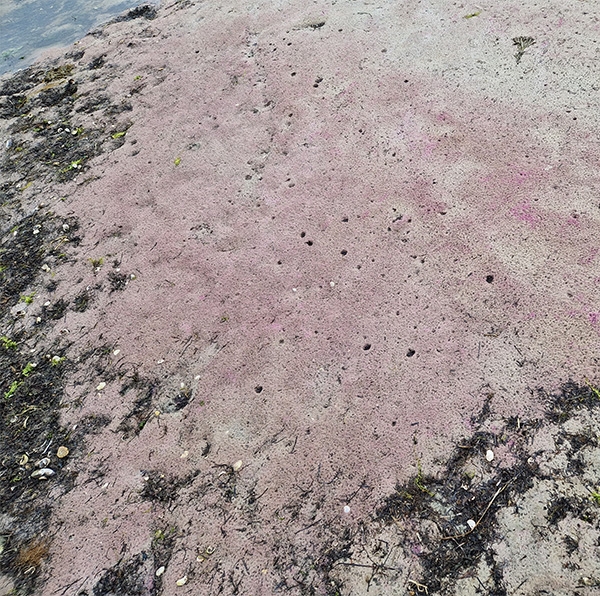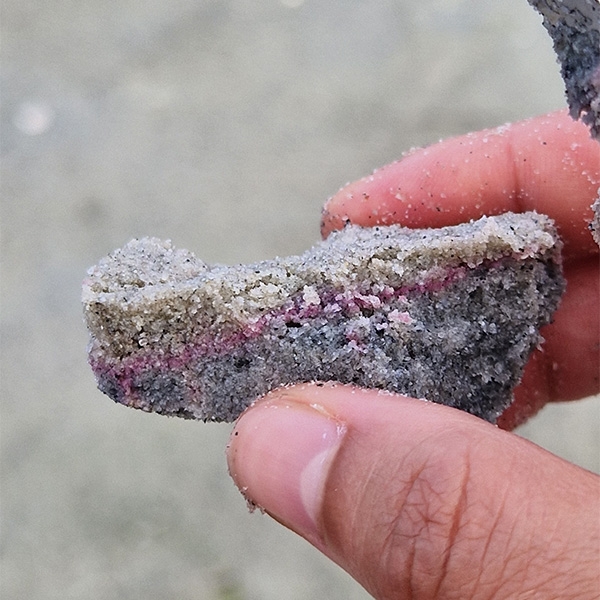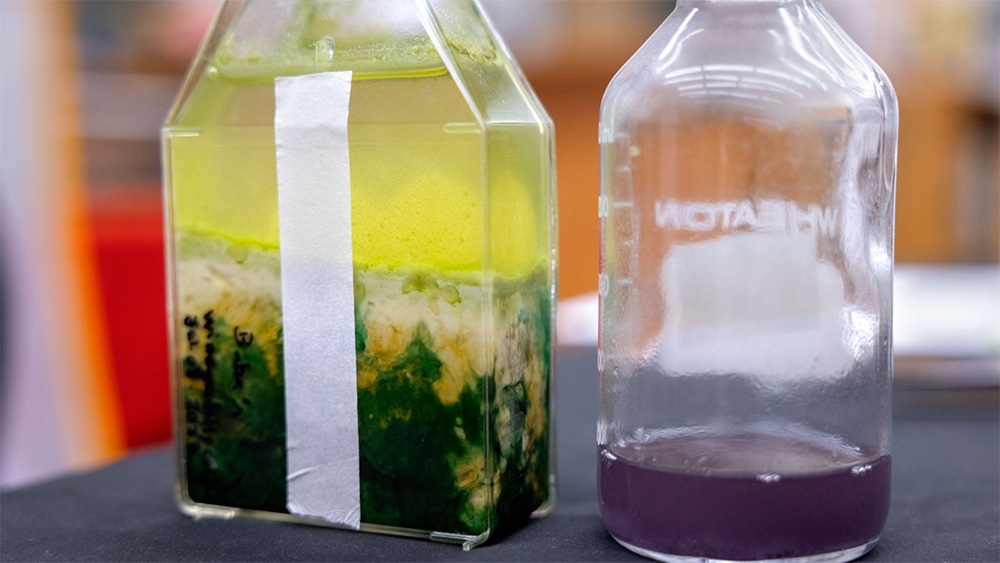A Fresh Take on the Search for Extraterrestrial Life, Inspired by ĐĄÀ¶ÊÓÆ”

In the search for extraterrestrial life, we Earthlings naturally look for signs of water or the green, lush lifeforms that cover our planet. But the Universe is not just our mirror, and our imaginations must stretch way beyond the familiar. Last summer, a student in the ĐĄÀ¶ÊÓÆ” Microbial Diversity course was inspired to take up this challenge, leading to her new publication, " in Monthly Notices of the Royal Astronomical Society: Letters.
âDuring the course, I encountered so much biodiversity that the astronomy community is still missing in their models to search for extraterrestrial life,â says lead author , a postdoctoral associate working with Lisa Kaltenegger at the at Cornell University. âMost models still ignore the concept of diverse microbial communities, focusing instead on single, green photosynthetic species. As soon as I got back to Cornell, I immediately started working on this paper, bridging the fields of microbial diversity and astronomy.â
The paper explores how âpurple bacteriaâ â some of which she collected in Woods Hole -- may cover the surface of planets that orbit M stars, the cool, reddish-looking stars that are the most abundant in the Universe. Unlike green bacteria and plants that use the pigment chlorophyll to synthesize their food in the visible light range, purple bacteria contain purple pigments that photosynthesize in the invisible, infrared light range.


Coelho and her colleagues measured the spectral signatures of a diverse set of purple bacteria and âmodeled how exoplanets would look if they were covered in these organisms, and how they would look through the lens of upcoming telescopesâ such as the and the . These next-generation telescopes are specifically engineered to look for life on exoplanets (planets beyond our solar system).

âWe were able to measure part of this diverse set of purple bacteria thanks to the 2023 Microbial Diversity course led by Rachel Whitaker and Scott Dawson, and my amazing colleagues in the course who worked hard on the cultures,â says Coelho. The team sampled from nearby Trunk River and its sediments, as well as from Sippewissett Marsh, and then cultured and enriched purple bacteria from those samples.
âThe Microbial Diversity course gave me an effective toolset that I'll use for the rest of my life to keep searching for life in the cosmos,â Coelho says.
The studyâs authors include Stephen Zinder of Cornell University, a former co-director of the Microbial Diversity course, who encouraged Coelho to apply.
Citation:
Coelho, Ligia Fonseca, et al. (2024) Purple is the new green: biopigments and spectra of Earth-like purple worlds. Monthly Notices of the Royal Astronomical Society, DOI: